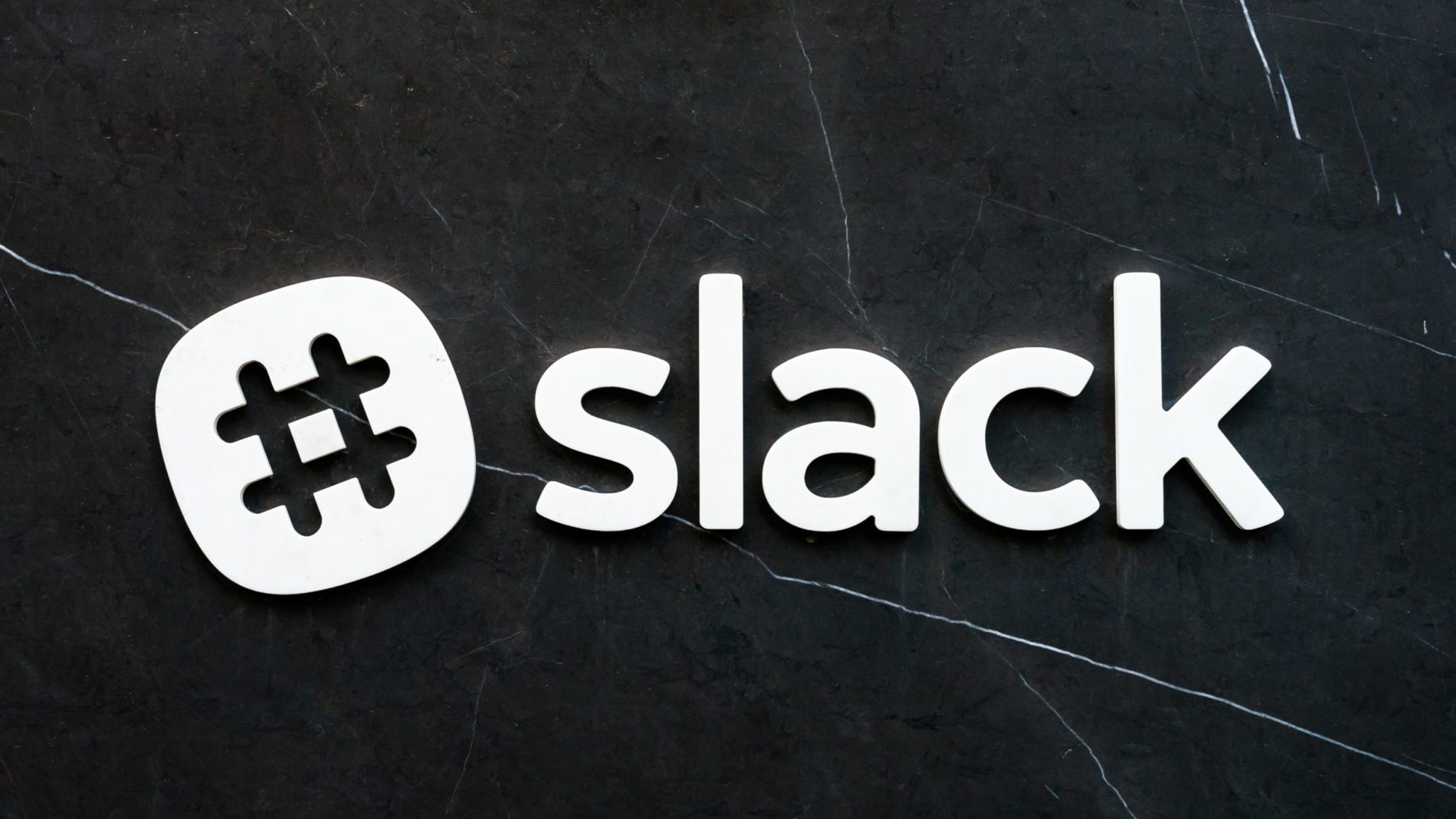Cut Your Call Center Agents some “SLACK”-Enhancing Your Contact Centers Communication Culture

How to Use Slack in your Call Center
We currently have used Slack for about eight months at our USA call center outsourcing BPO Expivia. We did this because we wanted to evolve past email which was getting stale in our center. We also had issues with tracking and sorting information in email. Reports would get lost, others would forget to send. We wanted a better way to look at the information being passed around the call center and we wanted employees to communicate more…enter SLACK.
While we still use email for external communications, when it comes to internal communication with the call center staff such as the managers, the supervisors, and our Expivia Quality Assurance, we are fully on Slack.
We have been using it for a while now but only started with the pay subscription to Slack about the last two months. So, for the first six or seven months, we used the free version which I think for 99% of you out there, the free version is going to work fine.

You don’t get full functionality, but for the majority of people who use it, they give you enough in a free version. You get 10,000 messages that will hold until it writes over them. However, in my opinion, a 10,000 message quota is a ton.
In fact, it took us over half a year to get to that point and we’re doing a lot of communication with it. Really the only reason, we moved to the pay version is that we have clients that are using it and they wanted to join our accounts together (which is an awesome feature!) and you have to pay to do that.
How We Use Slack for a Call Center
Now, lets dig deeper how we set up our slack channels. In the following paragraphs, you will learn about:
- What we’re using it for, and
- How we’re using it
First of all, you need to know that we are a USA customer service outsourcing call center. Our role is to help companies looking to outsource their call center. Therefore, customers are contacting us and paying us to handle customer service on behalf of them for their customers. This will be a little different the most of you.
We have our production channels set up for each different project or client we have. So basically, every single client has their own channel. For an internal call center, like most of you have, you might have a sales channel, a service channel, a Tier 1, 2, 3 and so on. But for us, every client has their own channel.

We give access to only those that work that program or channel. It would be the supervisor, QA staff, Client Services Manager, IT manager, and Sr management. We keep it tight to make sure we stay focused on what important, and to a lesser amount for security for our clients as well.
Team members know that if something goes into their channel it’s going to be important for them.
Expivia Quality Assurance Channel
Also, we have our EQA channel which is our Expivia Quality Assurance.
So, anytime that we have a monitoring issue or a rep needs to be pulled, we use SLACK to get that info out to the floor. We also celebrate GREAT calls in Slack as well.
Slack has really enhanced the two-way communication between QA and the floor. Supervisors may say “hey you know Janie’s been working on her tone, can you please listen to her”, or “we’re working on some closing signals for billy, what do you guys think.”
HR Channel
Specifically, we have staffing and HR issue channels. We do updated staffing every single day in WFM and we’re making sure the supervisors know if there are any call-offs/lates for their team. Slack get the word out to them quickly.
We are also able to send WFM reports to the Slack channel to give a quick heads up to make sure if we need to wait 15 minutes before reps are taking their lunch today or if we need to delay a break because of staffing. Slack gets it out to the floor really fast.
If we have any rep issues (anything that is a progressive discipline issue) we’re going to use the HR Issues SLACK channel. This is to make sure that that HR understands what is going on in real-time and they can be prepared. It also help with our HR documentation from the supervisors.
Informal (but Useful) Use of Slack Channel
We have a YAY Channel for any type of announcement. So, if it is anyone’s birthday or work anniversary, or someone had an awesome call, all that info goes in our YAY Channel. YAY is just a fun channel for cool culture things you would like to get out call center-wide.
Games Channel
We keep all of our call center games in one channel under separate threads so any time that a supervisor wants to go play something, there’s a repository for all that. The thread keeps all games separate so we can be adding to them all the time.
Slack Bot
The other cool thing that we’ve done is something we’ve just really started doing for the last couple of months. There’s a bot that comes with slack. This bot can basically be a kind of knowledge management repository bot (or anything you want to use it for). So, for a lot of our programs, we’ll have very basic information that can be “asked” of the bot that our reps may need when on a call. Just another layer of information that can get to the floor.

If you take just a little bit of time to set it up based on what you need, you can have information that can be pulled. Super cool feature.
Call Escalation Function
Sometimes, when the call center associates are answering calls and there is an issue that needs to be escalated to tier 2 agent or back to our client, we will use an escalation slack channel to send the information to where it needs to go. This will either go directly to our client, or to our client services manager that will pick up the phone and call the client or add it to an escalation process we have set up.
Integration with External Client
Nowadays, we’ve seen a lot of our clients use Slack. Therefore, with Slack, we can actually integrate both of our accounts so that we can both access a specific private Slack channel for client communications.
So, anytime that the client wants to talk to us, or wants to send information, they can do it directly in Sack. We found that this is a really great way to do it. It allows better access to information, we can comment on it and it keeps it organized much better than in an email form.
(BTW you can integrate your email as well to populate in Slack)
As I stated earlier, we’re seeing more and more clients are getting away from Skype. They are getting into slack because of the more functionality it offers.
Customer Reporting
We’ve been actually sending reports that we normally would do with emails over Slack. Again, it keeps information way more organized. Also when a client looks at them, they can comment as well in an organized thread. We will set up a thread for each report.
(FYI setting up a thread on a topic in a specific channel allows for a really clean way to deal with information. For example, let’s say you have three issues in your HR channel, you can create a thread for each to keep all the data separate and apart so you don’t just have a running diary of the day. It allows for specific places to put information dealing what that issue in the same channel.)
Working with Email vs Slack
You have to change the culture of how you communicate when you get into Slack.
You have to just to cut the cord from e-mail because we saw that it was hard to use both at the same time, employees stayed with that they were used to. So that’s what we did. We use email only for external communication, anything internal we slack. We have actually deleted most email accounts in the company
I will say though if I had to do it over again I would have made it a bigger deal in the organization to get people excited about it. We should have had more training (don’t need much) and a countdown to SLACK! Something that was more fun at the time of implementation. Everyone does love it now that they are using it every day but do not understatement the power that email has on us…lol
Finally..
All of this is really just the tip of the iceberg for what you can do with slack. I’m not even getting into the really cool fun things about slack. For example, how they set up emojis and GIFs for communication. It allows you to really almost express yourself when you’re communicating with employees internally. You can use API’s to integrate and populate Slack with your internal software and processes.
It really helped the whole culture of our organization from our attitude and effort standpoint to not only talk more to each other but to have more fun actually doing it.
I would definitely take a peek at the free version. You might not even need the paid version. Slack will evolve your communication culture beyond email. It’s fun, easy to use and naturally makes your teams talk to each other more.
If you would like more information on this topic or any other call center operations topics, check out our Call Center Operations Podcast, “Advice from a Call Center Geek” at:
http://localhost/expivia/call-center-geek-podcast/



